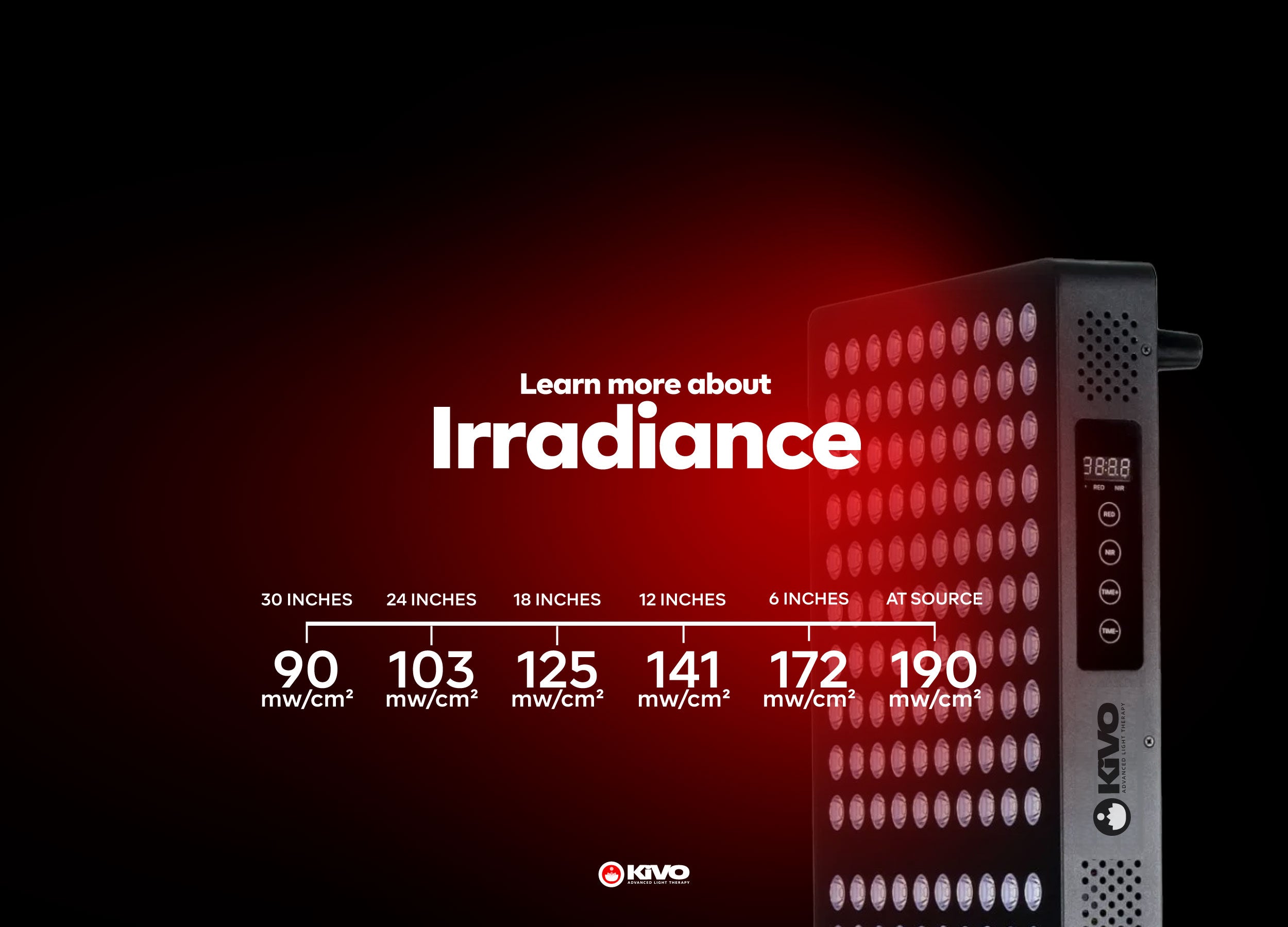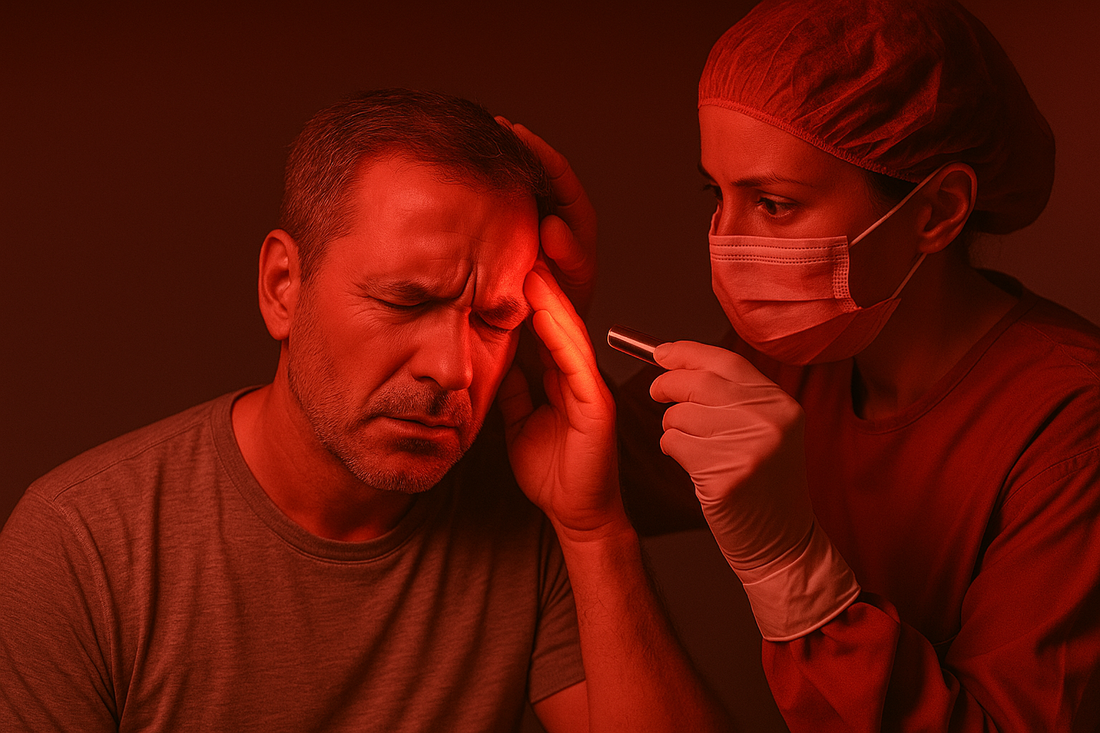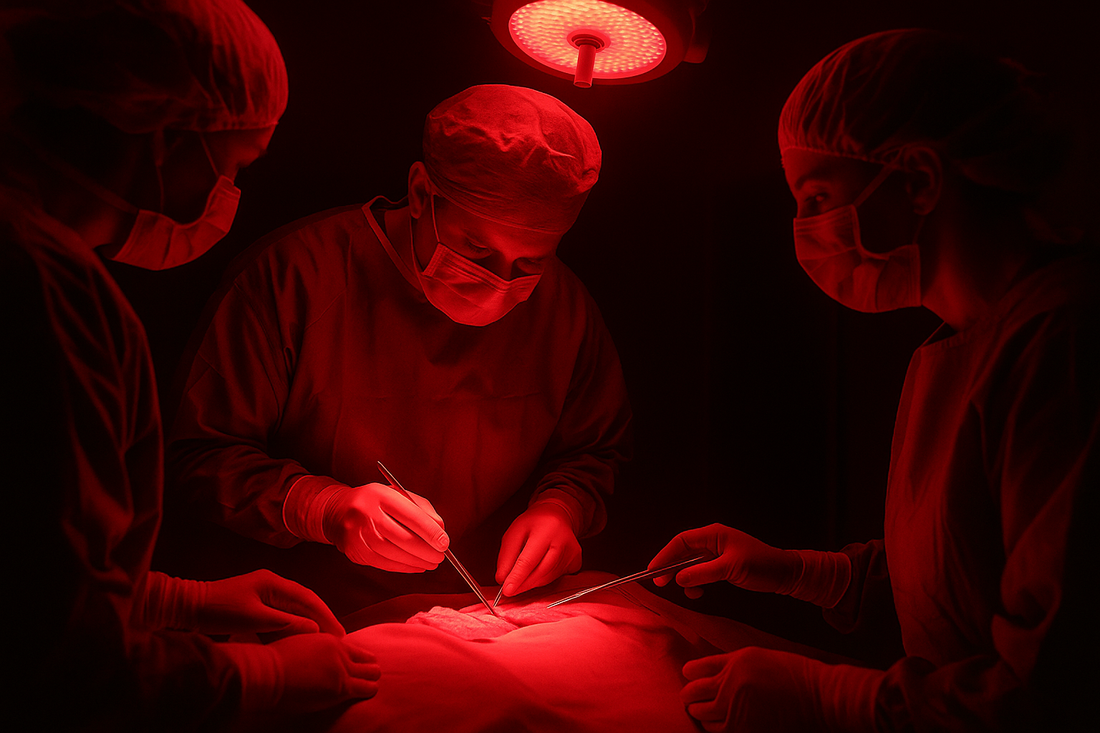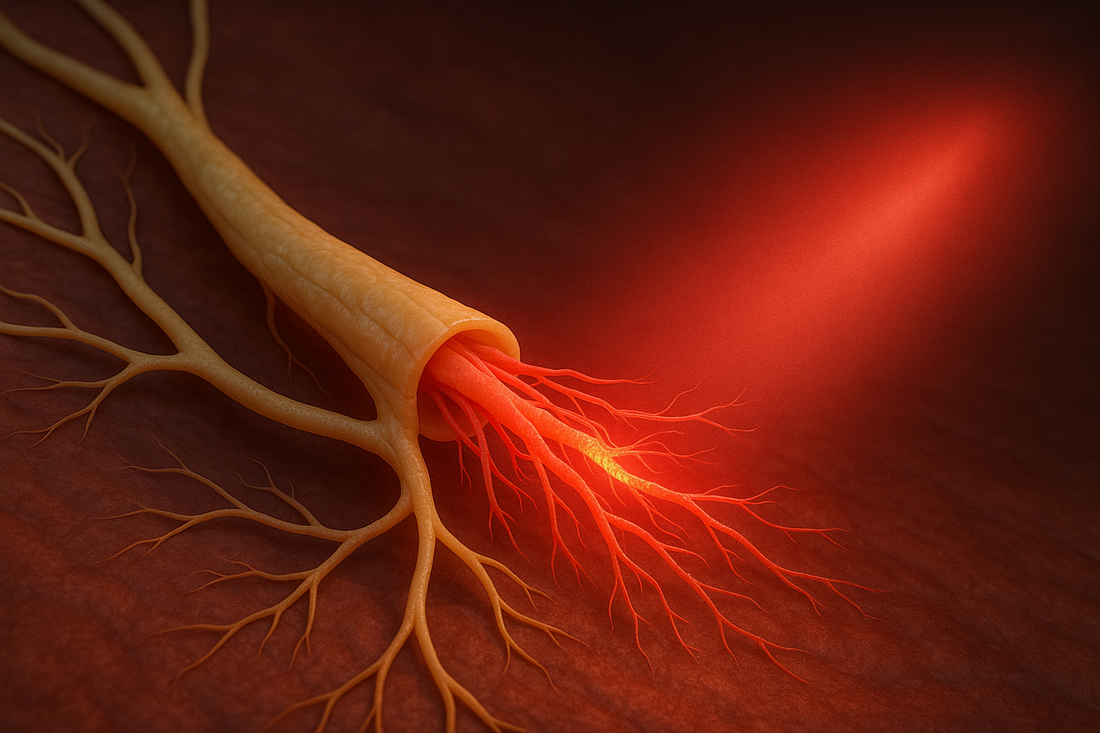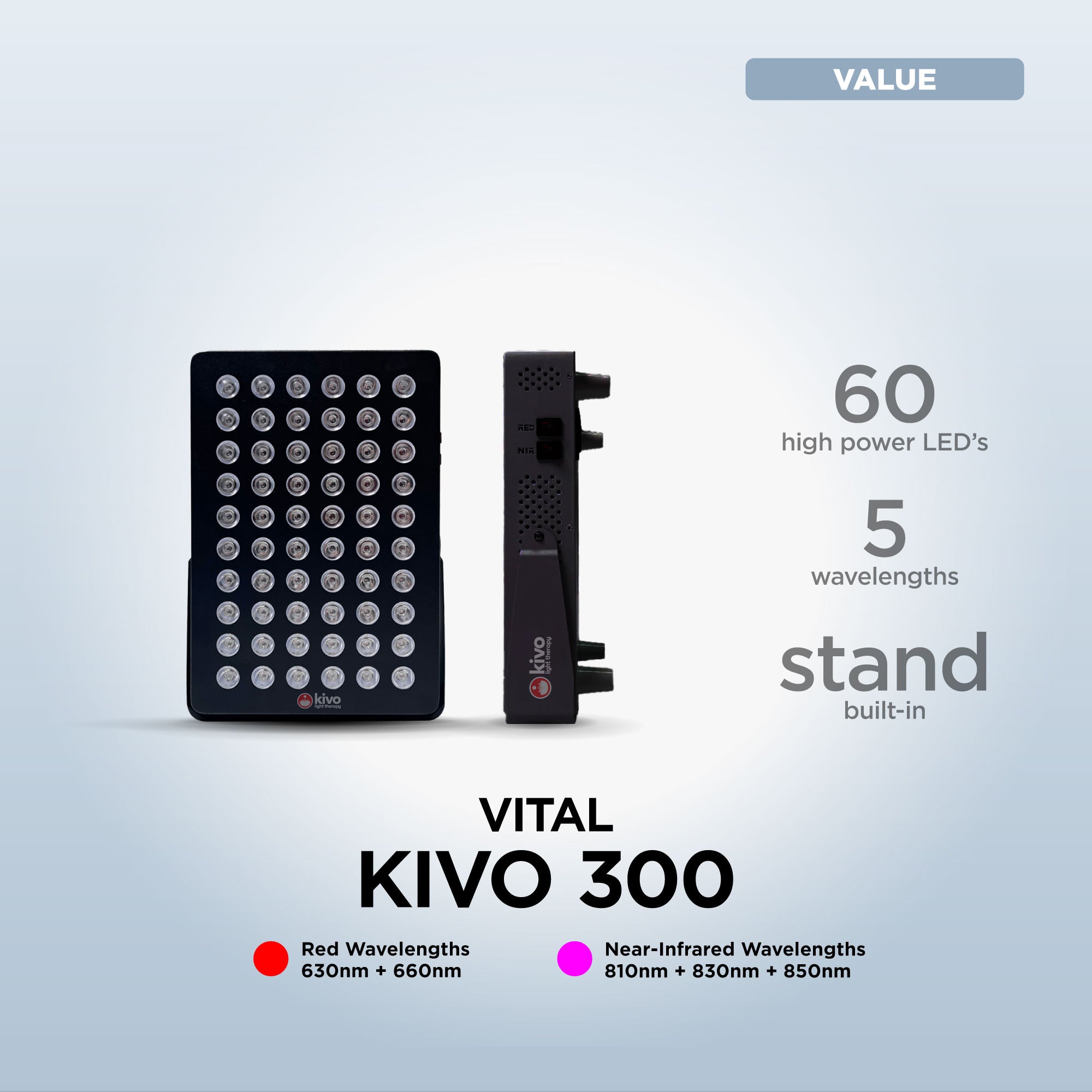What is irradiance?
Irradiance, measured in milliwatts per centimeter squared (mW/cm²), gauges the amount of light energy a surface absorbs from a light source. The intensity of the light source or its proximity directly influences the irradiance level. Simply put, the stronger the light source or the closer it is to the surface, the greater the irradiance.
Why is irradiance so important?
Apart from the price, irradiance and wavelength stand out as the two pivotal factors when selecting an LED light therapy device. Neglecting the importance of irradiance leads to acquiring a low-power device that yields minimal effects on the body. Even if the light matches your desired wavelength precisely, insufficient irradiance will limit its impact, resulting in restricted benefits and outcomes.
This is why a single red LED bulb pales in comparison to a dedicated KiVO Red Light therapy device. While both emit red light, the low irradiance of the LED bulb renders it ineffective in producing any discernible benefits.
Some products boast specific irradiance levels, yet fail to specify that measurements were taken at the surface of the light itself, rather than at the practical distance of 6-12 inches where a red light therapy device is typically utilized. At these distances, KiVO devices consistently exhibit the highest irradiance levels compared to lower grade competitors.
Adequate irradiance marks the distinction between requiring a mere 5 minutes versus a prolonged 60 minutes of exposure - and when treatment times can be 3 times a day, that's 3 hours versus 15 minutes. KiVO stands out by offering the best value in the market. With KiVO, you receive optimal wavelengths at the highest irradiance, all at a remarkably affordable price point.
The importance of irradiance in red light panels lies in its direct correlation with the effectiveness of the therapy. Higher irradiance means more light energy reaching the targeted area of the body, which translates to greater potential benefits.
-
Effectiveness: Adequate irradiance ensures that sufficient light energy penetrates the skin to reach the cells and tissues, where it can stimulate various biological processes. Without adequate irradiance, the therapy may be ineffective or yield minimal results.
-
Treatment Time: Higher irradiance can reduce the amount of time needed for each session of red light therapy. With optimal irradiance levels, users may achieve desired results in shorter durations, making the therapy more convenient and practical.
-
Consistency: Consistent irradiance across the panel ensures uniform light distribution, providing even coverage to the targeted area. This consistency is essential for achieving consistent results and avoiding patchy or uneven treatment.
-
Safety: While higher irradiance is desirable for efficacy, it's crucial to ensure that it remains within safe limits to prevent any adverse effects such as skin irritation or damage. KiVO Red light panels with carefully calibrated irradiance levels offer a balance between effectiveness and safety.

